Impressive scenery, fascinating wildlife, interesting history, and a relatively stable economy: Chile has it all. The world’s longest and thinnest nation, this South American treasure holds the earth’s dryest non-polar desert in its north and volcanos, glaciers, and lakes in its south.
From Atacama to Patagonia, there is no shortage of variety. However, such diversity results in some unique things to know before you go. Therefore, we offer these Chile travel tips for first-time visitors or anyone.
Where is Chile?
Chile is located in the southwest portion of South America, separated from Argentina by the Andes Mountains. To the north, it has borders with Peru and Bolivia. Covering just over 750,000 km², Chile is long and narrow, extending from 17° latitude in the tropics down to 56° (10° north of the Antarctic Circle).

Chile travel guide: quick reference
- Emergency numbers:
Police: 133
Ambulance: 131
Fire: 132 - Official Language: Spanish is spoken with a unique Chilean accent.
- Currency: Chilean Pesos (CLP).
- Credit cards: Mastercard and Visa are accepted.
- ATM Machines: Found throughout the country and often charge high fees.
- Electricity: 220V 50Hz Type C & L connectors (WARNING: Europe uses a similar-looking type F connector, but these will not fit in a C or L socket).
- Telephone country code: +56
- Water: Tap water is considered safe to drink in most of the country. However, in the high desert, its mineral count is so high that it can cause kidney problems and should be avoided.
- Tipping: In restaurants, a 10% tip is customary; however, tipping of cab drivers is not normally done.
- Capital city: Santiago.

Travel tips for Chile: Best time to visit
Overlapping so many microclimates, Chile’s weather and best times to visit really depend on what you plan to see and do. However, it is nearly always warmer in the north than in Patagonia.
Much of the north and Santiago regions are great year-round, but Patagonia is best visited from November to March (southern hemisphere, late spring to early autumn). The table below generalizes the country’s weather and is useful for people planning on visiting multiple regions during their visit.

Chile’s Seasons
December to February – Summer
- Hot and dry in the desert.
- Hot and humid in central, with frequent afternoon rain.
- Cool and dry in Patagonia.
- Peak season.
- More crowded.
- Requires booking ahead.
March to May – Autumn
- Autumn is mild.
- Swing season (although March is still high season).
- Fewer tourists.
- Lower prices.
- Less planning is required.
June to August – Winter
- Moderate days and cool nights for much of the country.
- Extreme cold in Patagonia.
- Low season except for skiing.
- Fewer tourists.
- Lower prices.
- Less planning is required.
- Many Patagonia venues closed.
September to November – Spring
- Mild weather.
- Swing season (although November is high season).
- Fewer tourists.
- Lower prices.
- Less planning is required.
Chile travel tips: know before you visit
Entry and Chile travel visa
Only a valid passport is required for entry by most foreign tourists. A 90-day tourist card is granted at entry and must be carried in your passport. This can be extended once for an additional 90 days. Visitors from certain countries need to pay a reciprocity fee. For more information, check the official website.

Chile tips: Is Chile safe?
Chile is often rated as the safest country in South America and in Latin America. However, caution against petty theft is still necessary, as are many of our general South American safety tips.
Importantly, you want to avoid protests. While they may look interesting at first, they often turn violent. They are most frequent in the capital, Santiago, where police have used tear gas or water cannons to break up the crowds. To our surprise, we also passed a protest in San Pedro de Atacama.
Another thing to be aware of is frequent earthquakes. Much of Chile is located in an active seismic zone. We experienced two earthquakes while we were there, one while waiting at an airport. Interestingly, you could identify the visitors, as the locals didn’t even look up at the shaking signage overhead.

A few money-saving Chile travel tips
- Free walking tours: We enjoyed free city tours in Santiago, Valparaiso, Viña del Mar, and San Pedro de Atacama.
- Hotel Taxes: Tourists paying with a foreign credit card do not have to pay the 19% hotel tax in most cases. Look for these savings in the fine print on hotel pages on Booking.com.
- Tipping in Chile: It is customary to tip 10% in restaurants, and this amount is often added to your bill, labelled “propina.” If paying with a credit card, the server will often ask if you want the tip included, the assumption being that you will otherwise tip it in cash. Look for the service charge before you double-tip.
Top places to see in Chile
From north to south, here are some of the highlights of our travels in Chile, along with a few articles from the places we missed.
The driest non-polar desert in the world, Atacama is captivating. Surrounded by an emptiness that is both mysterious and fascinating, the high elevation and ultra-dry climate display an endless array of unusual landscapes and salt flats. It's a photographer's paradise, an adventurer's playground, and a visitor's wonderland.
Home to 80% of the world’s population of Humboldt penguins, this national reserve features three main islands, only one of which we could walk upon. However, cruising past the others, we could view plenty of penguins without disturbing their natural habitat. A bit of an effort to get to, but worth it.
La Serena and Coquimbo are coastal communities offering an ideal place to relax on the beach, although it is the nearby Elqui Valley that seems to attract international visitors. Here, you will find some of the world's darkest and clearest skies, and as a result, some of the world's best stargazing.
The name Enchanted Valley (Valle del Encanto) is perfectly suited for this mysterious region. Here, we discovered petroglyphs, fossils, and even an ancient carving that looks like an alien. We also spotted a Chilean cobra.
Valparaiso is the port city for cruise ships heading to Santiago (although only 85 minutes away by car, the two cities are a world apart). Valparaiso is a colourful avant-garde artist community built on steep hills covered in street art. Close by is the quieter city of Viña del Mar.
Rich in culture and heritage, Santiago, the capital of Chile, is an eclectic mix of architectural styles. An affluent metropolis, there is a seemingly endless variety of things to see and do in Santiago.
Osorno volcano rising from the lake is the identifying feature of Puerto Varas, a town dotted with German colonial architecture. We arrived here after a full day crossing the Andes Mountains. Travelling with Cruce Andino, we took four busses and three boats, all the while enjoying some of the best scenery I have seen to date.
South America’s second-largest island is best known by tourists as a place to see penguins, colourful stilted houses called palafitos, and over 100 churches. Sixteen of these churches have been declared UNESCO World Heritage sites.
We didn't make it as far south as Torres del Paine or beyond, yet I am sure we will one day. This is the place for hikers and adventure seekers to discover turquoise waters, glaciers, and the rising peaks of the Torres del Paine National Park. It was voted as the eighth wonder of the world in 2013.
A key stop for most people heading to Chilean Patagonia, Punta Arenas is very near the southern tip of Chile along the Strait of Magellan. The town itself has some interesting things to explore, but it is the penguins that keep it on my bucket list.
We also didn't make it out to Easter Island, despite it being an option with our air passes. It's reported to be unlike anywhere else in the world. Isolated, this Chilean Polynesia is full of mystery and over 1,000 Moai statues that make it so famous.
How to travel in Chile
Our travel in Chile included air, bus, boat, a private guide’s vehicle, and self-driving.
Flying within Chile
Starting our South American adventure from New Zealand, we were able to take advantage of the air passes offered by LATAM (the national carrier). This gave us more flexibility and substantial savings on all domestic and international flights (within South America). There were rules, but for us, it was a win.
Therefore, we mixed driving and flying, including three domestic flights in Chile (Santiago to Calama, Calama to La Serena, and Puerto Montt to Santiago). We also used our air passes many times in Argentina.
There are several smaller airlines in Chile. The best way to compare flight prices is with a flight search engine.
To our surprise, planes are refuelled while passengers are on board. While this may be the norm, it caught me off guard to hear, “For your safety, as we refuel, please keep your seatbelt unfastened.”
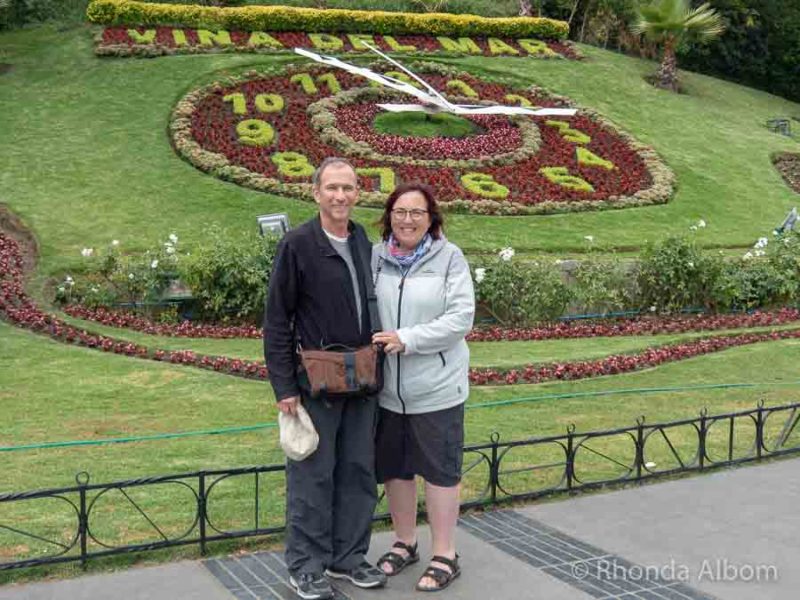
Self-driving in Chile
In Chile, cars drive on the right side of the road. The main highways are fine, as are most of the smaller roads. We rented cars twice, once in San Pedro de Atacama and later to drive from La Serena to Valparaiso and then to Santiago.
It was only in the desert after following directions from Google Maps that we found ourselves on old roads in worn condition and filled with potholes. Worst of all, there was a nearby modern road leading to the same destination. We learned quickly from our mistake and downloaded the free maps.me app, which runs offline and never led us astray.

Travel tips for driving in Chile
- The speed limits on open roads are up to 120 kph (74 mph) and drop to 60 kph (37 mph) in urban areas.
- There are many large roadside memorial structures (rather than crosses) marking road fatalities. They serve as a too-frequent reminder to be vigilant on your speed.
- You must be 18 to drive a vehicle in Chile and over 21 to rent a car.
- Wearing safety belts is compulsory for everyone in the car.
- It is illegal to smoke, use your mobile device (unless it is hands-free), or listen to a personal music player with headphones while driving.
- Appropriate child restraints are required until age 4, and children under eight years old may not ride in the front seat.
- All drivers are required to carry insurance for personal accidents (SOAP).

Bus travel in Chile
We only travelled intercity by bus in Chile one time, and that was part of our Andean crossing. It was a fabulous full-day crossing from Bariloche (Argentina) to Puerto Varas (Chile), with Cruce Andino utilizing only one bus in Chile. It was a comfortable, seemingly new, and modern bus with a toilet onboard.
We frequently relied on local buses and the metro subway in Santiago. The city buses don’t take cash, and a BIP card must be purchased. As visitors who always travel together, we only needed to purchase one. However, cash is required to top up the BIP card, and this is done at a ticket counter or automated machine at a metro station.
Find your perfect bus, van or private driver to get around Chile here.

Chile travel tips – a few random things that might surprise you
- Mobile phones are very expensive, but pre-paid plans are quite affordable. Our best tip is to bring your own phone and change the SIM card.
- When greeting others, men typically shake hands while women tend to air kiss on the right cheek.
- Street dogs are so common that it feels like they are everywhere. They generally won’t bother you, but always take caution should you come across a pack of dogs.
- Divorce became legal in Chile in 2004.
- While you can drink tap water in most of the country, it is not provided for free, so be prepared to pay about the same price as a soda in restaurants.
- The legal age to purchase and consume alcohol in Argentina is 18.
- Always carry toilet paper when travelling in Chile and remember to put it in the bin, not the toilet, after use.
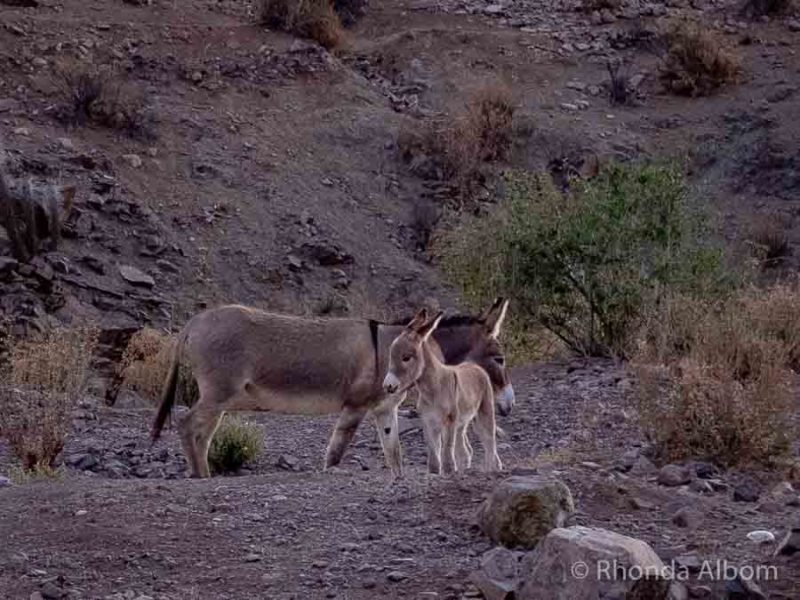
What to bring to Chile
Regardless of where we are going, we always travel light, yet we have everything we need. In Chile, we dressed sporty in the daytime and a bit nicer in the evenings. Good walking shoes are essential.
Layers are our secret. We added only binoculars to our basic packing list for Chile. However, had we planned to spend time in the southern portion of Patagonia, we would have added a thermal shirt. Get a free copy of our packing list when you sign up for our newsletter.
Local food and drinks
If you’re going to spend time in Chile, there are a few culinary delights and drinks you will want to try. Of course, we found the best way to discover the food was at a cooking class with Chilean Cuisine in Valparaiso.
Chile travel tips: What to eat from savoury to sweet
- Pebre: A spicy Chilean salsa.
- Empanada: Savoury pastry filled with meat or vegetarian fillings.
- Asado: Various meats slow-cooked on a barbeque over hot coals rather than over the flame.
- Cazuela: A popular stew made with chicken or beef and onion, carrot, pumpkin or squash, potato, rice, and corn.
- Cazuela Chilota: A clam soup variety of cazuela that is popular on Chiloé Island.
- King Crab: A must-try regional delight if in Patagonia.
- Merkén: Not a food, but rather a classic Chilean seasoning made from smoked aji cacho de cabra (a chilli) and coriander seeds.
- Manjar: A caramel spread used on bread or in desserts. To my non-Latin pallet, it seemed similar to Argentina’s dulce de leche, although friends in both countries have told me that they are very different.
- Chañar ice cream: You probably won’t find this on any other list, but it was my all-time favourite ice cream. Chañar is a seed with a flavour reminiscent of manjar.
- Leche asada: a baked milk dessert, like a flan.

What to drink in Chile
- Maté: (mah-tā). A bitter-tasting tea-like beverage drank from an open-top cup through a metal straw and shared with friends.
- Pisco sour: An alcoholic drink made even better in Atacama with the addition of Rico-Rico, which our walking guide said, “is so good they named it twice”.
- Chilean wines: Popular varieties include Sauvignon Blanc, Chardonnay, Cabernet Sauvignon, and Pinot Noir.
Save these travel tips for Chile
If you enjoyed this Chile travel guide, please share it on social media and save it for later on Pinterest.


Which of these Chile tips will you find most useful?
You might also like
Photo credits on this Chile travel tips article
Except where noted, all photos on this page are ©Rhonda Albom. All rights reserved.
- Banner image from Easter Island: Photo by Emerson Moretto on Unsplash
- Isla Damas penguins: Photo by Sarah Albom. Used with permission. All rights reserved.
- Torres del Paine: Photo by Joanna Liu on Unsplash
- Punta Arenas: Photo by Anda Galffy. Used with permission. All rights reserved.
- Easter Island: Photo by Thomas Griggs on Unsplash
Disclaimer: We worked with various local companies throughout Chile. We are frequently provided with complimentary entrances, tours, or sample items to aid in the writing of Albom Adventures. However, the opinions expressed here are strictly our own.

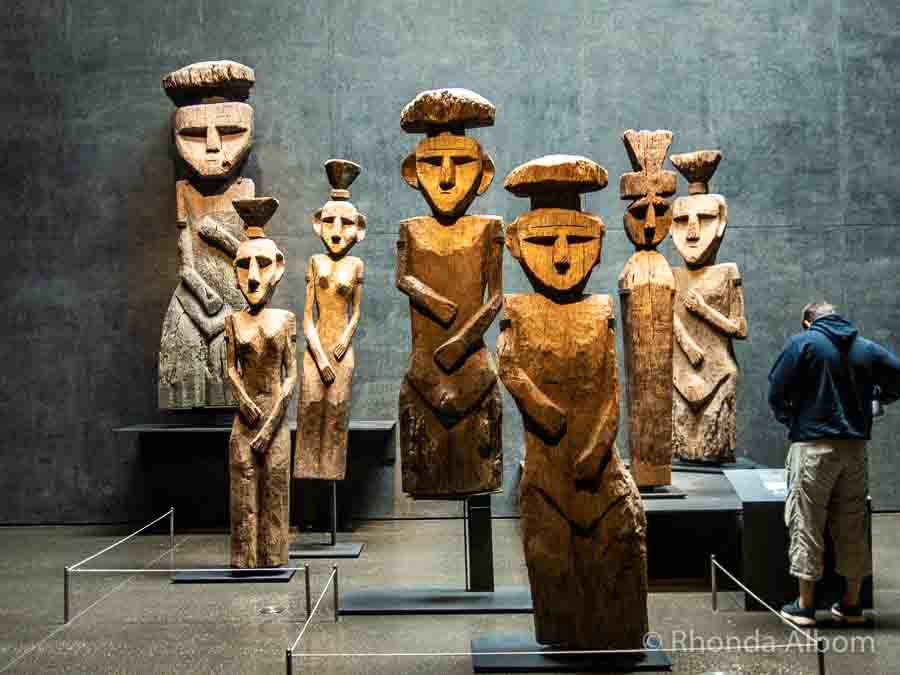







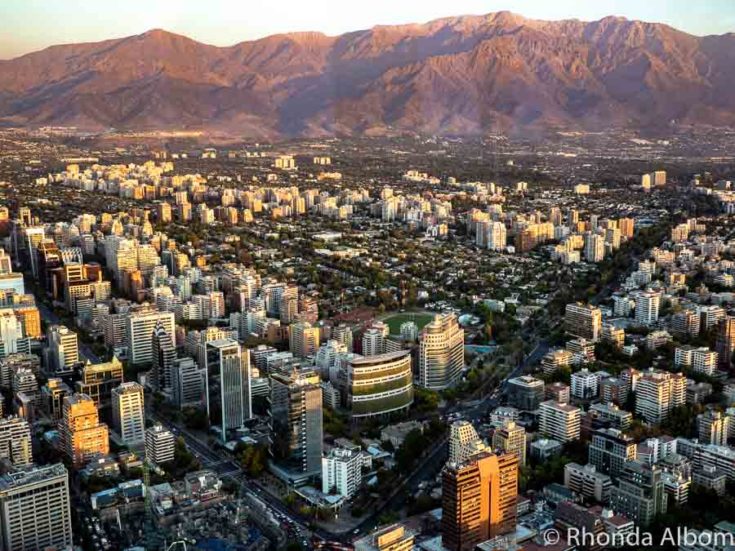




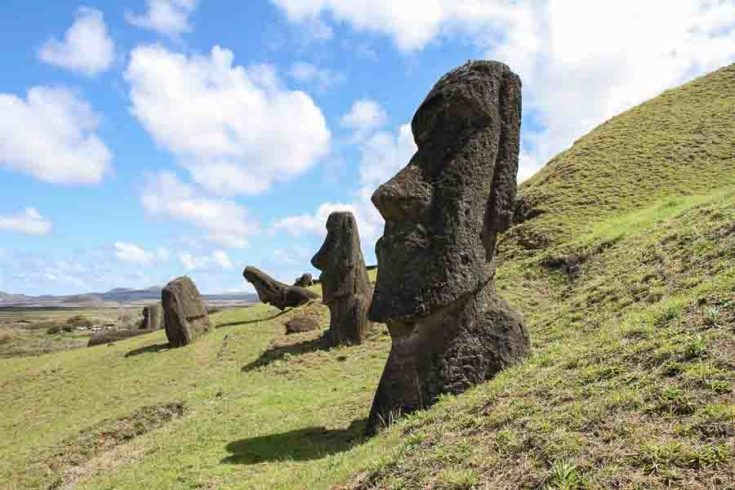
Josy A
What a fab guide! I would LOVE to do as far south as Torres del Paine and hike there, but everything you mentioned sounds awesome….so I guess if/when we make it to Chile, we’ll have to spend a bit longer and explore more.
Laurel
I was impressed with a lot of the extras that you guide included. I’ve never seen a quick reference or the season charts in a post before! Nice work!
Cynthia
What an incredible post, Rhonda! Thanks for sharing your wealth of knowledge on this easy to follow post – perfect for those (like me!) who have never been. My father lived for a few years in Valpariso and I’m still bummed I never got to visit him there. Chile is definitely near the top of my wish list, even though I probably won’t visit until I live in North America again. One day :)) The geography is fascinating to me.
Cosette
Chile is still on my bucket list, mostly because of Patagonia and Easter Island. But you made clear the rest of Chile should be on there to.
Jiayi Wang
I loved Chile so much, I only had time for Patagonia though and there are so many good suggestions in this article for my next visit, thank you!!
Patti Morrow
What a fantastic, comprehensive post! Chili has been on my list for a few years, but I never got past Peru. This post has all the places I want to go! I pinned it for later!
Francesca
This is such a a thorough and useful guide! I would love to go to Chile one day so I’m saving this for when I plan my trip.
Olivia
Great tips! I would love to explore South America more, and Chile sounds like a wonderful country to visit. Will be saving this for later!
Farrah
I’ve never been to Chile but I would love to visit someday! Thanks for the guide–it’ll definitely come into handy! :] Those penguins are adorable!
Lisa
I would like to drink in that cafe! It looks full of character. My sister-in-law and brother-in-law were about to leave for Chile when they had to cancel. They have visited a few times and love the place. Not sure I will ever get there but it looks interesting!
Paul Pietrangelo
I love all the photos especially the gigantic cross. How tall is the cross? I enjoyed the photo with your husband in front of the floral clock. Niagara Falls, Ontario, Canada also has a very large floral clock. I’ve been there many times. Well keep safe my friend.
Cruisin Paul
Rhonda Albom
The cross is 83-metres and it’s called Cruz del Tercer Milenio (Third Millenium Cross). It is a memorial to the Christian Faith. I wrote more about it on my page about La Serena
Belinda
This is a phenomenal, extremely comprehensive post and very well written! Should I ever want to venture here, I will use this as a guide.
Disha
I love Chile! I definitely didn’t explore as much as I wanted to. Hopefully, I can go back soon. I miss the food in Chile so much!
Tammy
What a comprehensive guide full of useful tips! I only spent 2 weeks in Chile and left feeling like I hadnt scratched the surface – because I hadnt! I think I underestimated how long the country is! I missed quite a few of your suggestions but I absolutely would love to go back. Especially to the South. I’d need a few months though. Pinned for future reference – thank you!
Lauren
Wow that’s insane that divorce only became legal in 2004?!? Anyways, thanks for sharing a bit about Chile! It’s definitely on my list now 🙂
Emma
This is such a helpful guide, everything you need to know for a first time visit to Chile. I would definitely want to see penguins, and Easter Island would be an amazing sight to see. I haven’t made it to South America yet but it looks awesome
Sandee
Divorce became legal in 2004? Found that most interesting.
What a lovely country to explore. I love Chilean wines.
Have a fabulous day. ♥